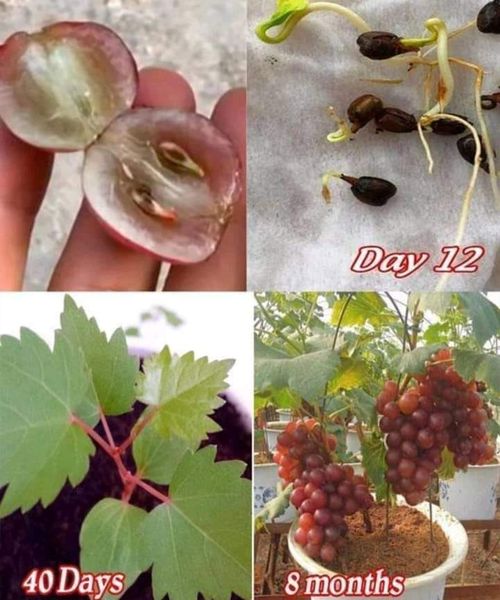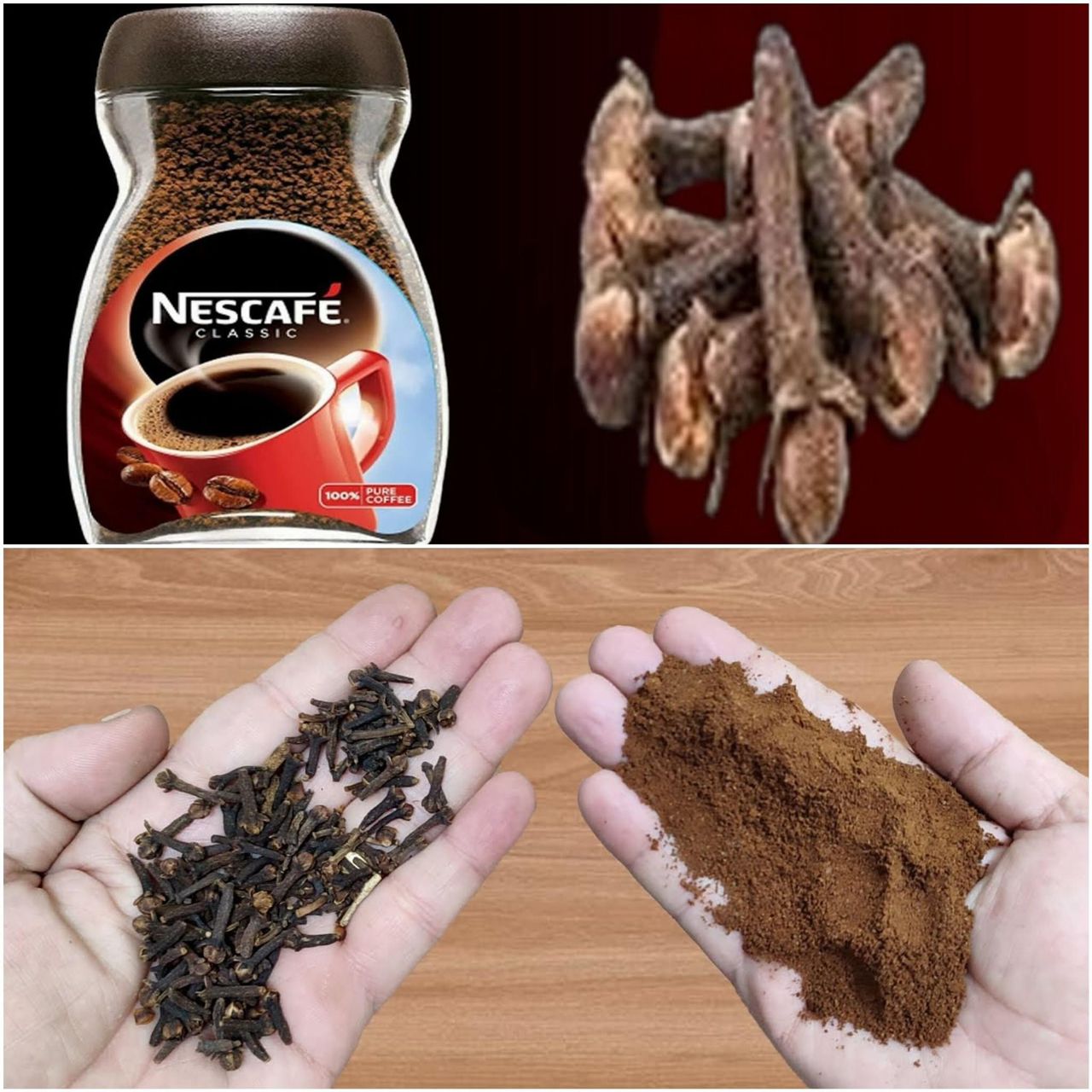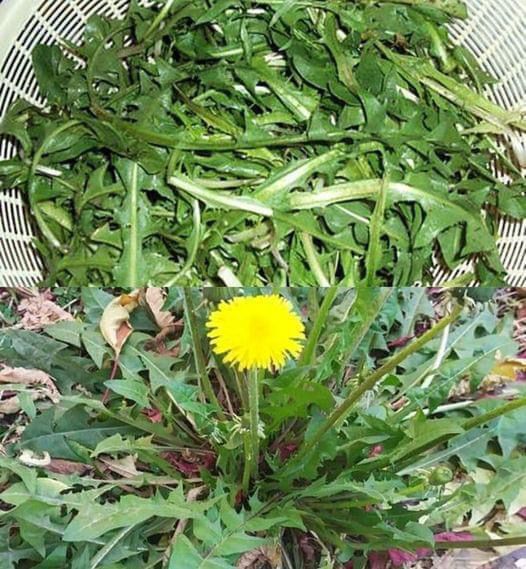Are you dreaming of lush, green vines spilling over a container on your balcony, yielding plump, juicy grapes? Growing grapes from seeds in containers might sound challenging, but with patience and a little effort, you can turn this dream into reality. In this guide, we’ll walk you through the process, from selecting the perfect seeds to harvesting your first crop.
Let’s get started!
1. Select the Right Grape Seeds
The journey to a fruitful grapevine starts with choosing the best seeds. Here’s what to keep in mind:
- Choose seeds from flavorful varieties: Look for grapes that thrive in your climate. Some great options include Concord, Muscat, or Thompson Seedless.
- Reputable sources are key: Opt for seeds from reputable suppliers if you’re not using seeds from store-bought grapes. Store-bought varieties can work but may not always produce the same fruit.
Pro tip: If you’re unsure about the variety, consider your local agricultural extension office for advice on what grows best in your area.
2. Prepare the Seeds for Germination
Grape seeds require a little TLC before they’re ready to grow. Follow these steps to prepare them:
- Remove seeds from ripe grapes. Carefully slice the grape and scoop out the seeds.
- Rinse the seeds to remove any pulp. A clean seed prevents mold and rot.
- Soak the seeds in room-temperature water for 24 hours. This softens the seed coat, increasing germination chances.
Note: Some gardeners stratify grape seeds (cold treatment) to mimic winter conditions, especially for certain varieties. Place seeds in a moist paper towel inside a plastic bag and refrigerate for 4-8 weeks.
3. Select Containers and Prepare the Soil
Now that your seeds are ready, let’s talk about their new home.
- Containers: Choose large pots with drainage holes. Grapevines have deep roots, so a container at least 15-20 gallons in size is ideal.
- Soil mix: Use a well-draining potting mix enriched with compost. A mix of loam, sand, and organic matter is perfect for grapevines.
Pro tip: Add a layer of gravel or pebbles at the bottom of the container for extra drainage.
4. Plant the Seeds
Here comes the exciting part—planting!
- Fill your container with the prepared soil, leaving about 2 inches of space at the top.
- Plant the seeds about 1 inch deep and space them at least 3 inches apart.
- Cover the seeds lightly with soil and water them thoroughly.
Keep the container in a spot where you can monitor its progress.
5. Ensure Adequate Sunlight
Grapes are sun lovers and need plenty of light to thrive.
- Place your container in a location that gets 6-8 hours of sunlight daily.
- If growing indoors, use a grow light to supplement sunlight.
Pro tip: Rotate your container weekly to ensure even exposure to sunlight.
6. Water Wisely
Watering is a balancing act. Here’s how to do it right:
- Keep the soil consistently moist but avoid waterlogging.
- Check the top 1-2 inches of soil; if it feels dry, it’s time to water.
Pro tip: Use a self-watering pot or mulch the topsoil to retain moisture during hot seasons.
7. Fertilize for Healthy Growth
Grapevines in containers need regular feeding to thrive:
- Use a balanced fertilizer (10-10-10) every 4-6 weeks during the growing season.
- Reduce feeding in late summer to encourage vine hardiness for the winter.
Avoid over-fertilizing, as it can lead to lush foliage but fewer grapes.
8. Prune for Productivity
Pruning is essential for maintaining healthy vines and maximizing fruit production.
- Remove dead, diseased, or damaged wood regularly.
- Train your vine to a single main stem with a trellis or stake for support.
Pro tip: Prune back the vine in late winter to early spring before new growth starts.
9. Be Patient: Harvesting Takes Time
Growing grapes from seeds is a slow but rewarding process.
- Most grapevines won’t produce fruit until they’re 2-3 years old.
- Watch for clusters of grapes that are colorful and flavorful.
How to know when grapes are ripe: Taste test! Grapes won’t ripen further once harvested, so ensure they’re sweet before picking.
10. Reap the Rewards
With patience and care, your container-grown grapevines will eventually yield a harvest of homegrown grapes. The joy of picking fresh grapes straight from your vine is unparalleled.
Why Grow Grapes in Containers?
If you’re still on the fence, here are some perks of container gardening for grapes:
- Space-saving: Perfect for balconies, patios, or small yards.
- Mobility: Easily move containers to optimize sunlight or protect them during harsh weather.
- Pest control: Containers allow for better monitoring and management of pests and diseases.
Troubleshooting Common Issues
- Seedlings not sprouting: Ensure seeds were stratified (if needed) and kept moist during germination.
- Yellowing leaves: Check for overwatering or nutrient deficiencies.
- No fruit after several years: Ensure proper pruning and that your variety is suitable for fruiting.
Conclusion
Growing grapes from seeds in containers is a rewarding gardening project that brings nature’s bounty right to your doorstep. While it requires patience and care, the process is straightforward and offers a unique connection to your food.
So, roll up your sleeves, plant those seeds, and watch your grapevine flourish. Who knows? Your homemade grape jelly or fresh table grapes could soon be the envy of your neighbors!
Happy gardening!



